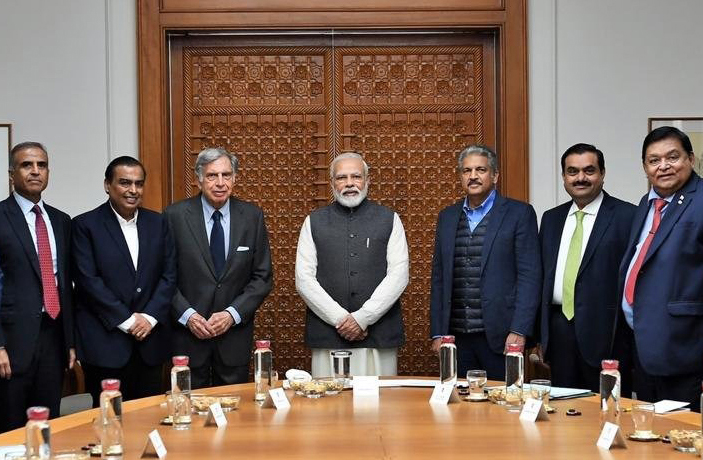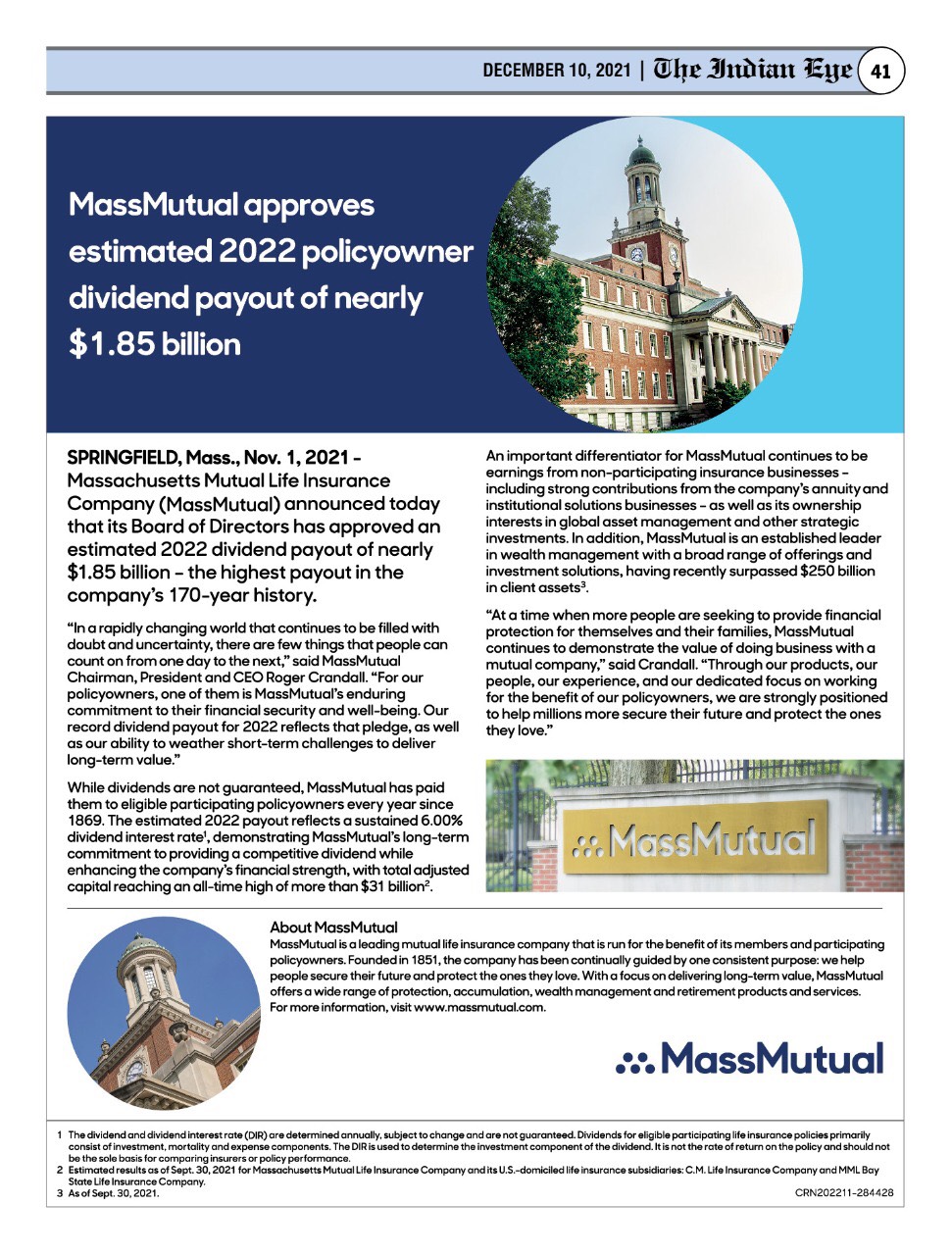Not just India, the whole of Asia is hit by joblessness as 81 million lost employment.
Our Bureau
Mumbai
The Indian economy is expected to contract in the range of 1.1 to 13.6 per cent in FY21 over FY20 under different scenarios of shocks to consumption, investment and exports triggered by the coronavirus outbreak and the associated lockdowns, professional services firm KPMG said on Friday.
While the fall in gross value added (GVA) at an economy level is driven by the declining output of all major sectors, some sectors are expected to shrink more, thereby contributing more to this fall at a macro-level. Of such sectors, wholesale and retail trade could be the hardest sector hit followed by real estate and construction, KPMG said in its report titled “The impact of Covid-19 pandemic on potential income and employment in India.”
These sectors (trade, real estate, construction, services etc.) largely cater to the non-essential products/services or were significantly impacted by social distancing and hence, were severely impacted during the lockdown.
Even after lockdowns have been lifted, the demand of such sectors is likely to remain subdued due to low economic growth and business sentiments and social distancing measures.
Since these sectors also contribute largely to the national GVA, said the report, even a small decline in output of these sectors affects the economy significantly.
The decline in GVA of these sectors has been different under the different scenarios as the annual impact of the pandemic could vary depending upon the length of non-essential business closures and the spread of the virus.
Coming to employment, the series of lockdowns along with social distancing measures have led to a significant loss of jobs in the economy.
Construction, the second largest employer in the country (after agriculture) with over 15 per cent of the labor force, is expected to contribute significantly to the national unemployment figures followed by wholesale and retail trade sector, real estate, and hotel and restaurants.
The decline in employment in these sectors is driven by both demand as well as supply factors, said the KPMG report.
In some areas, the reduced economic activity of various sectors coupled with lockdowns reduced labor demand, while in other areas the supply of labor was constrained due to labor migration to villages.
Other sectors that are estimated to witness job losses include aviation, automobile, tourism and entertainment.
Massive drops in working hours due to Covid-19 crisis have had a devastating effect on jobs and incomes in Asia and the Pacific, according to a new report by the International Labor Organization (ILO).
The economic backlash of Covid-19 pandemic wiped out some 81 million jobs in 2020, according to ‘Asia Pacific Employment and Social Outlook 2020: Navigating the crisis towards a human-centered future of work.’ In nearly all economies with available quarterly data for 2020, employment levels contracted compared to 2019.
The impact of the crisis has been far-reaching with underemployment surging as millions of workers are asked to work reduced hours or no hours at all.
Overall, working hours in Asia and the Pacific decreased by an estimated 15.2 per cent in the second quarter and by 10.7 per cent in the third quarter of 2020 relative to pre-crisis levels.
Working-hour losses are also influenced by the millions of persons moving outside the labor force or into unemployment as job creation in the region collapsed.
“Covid-19 has inflicted a hammer-blow on the region’s labor markets, one that few governments in the region stood ready to handle,” said Chihoko Asada Miyakawa, ILO Assistant Director General and Regional Director for Asia and the Pacific.
According to the report, most countries in the region saw a larger decline in working hours and employment for women than men. Also, women were more likely to move into inactivity than men.
Young people have also been especially affected by working-hour and job losses. The youth share in overall employment loss was 3 to 18 times higher than their share in total employment.
In absolute numbers, preliminary estimates in the report find an additional 22 million to 25 million persons could fall into working poverty, which would push the total number of working poor (living on less than 1.90 dollars a day) in the Asia Pacific region to between 94 million and 98 million in 2020.


























